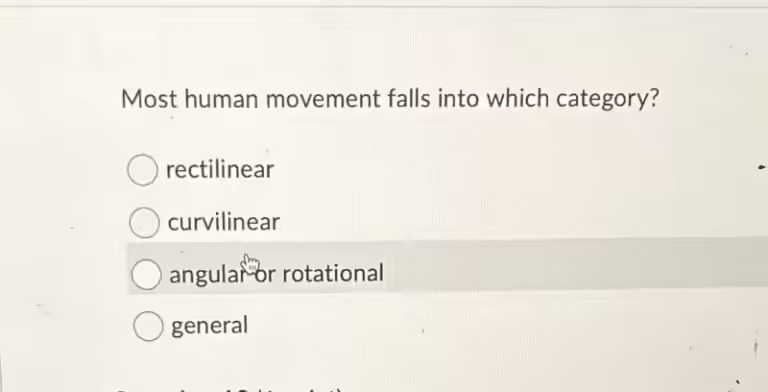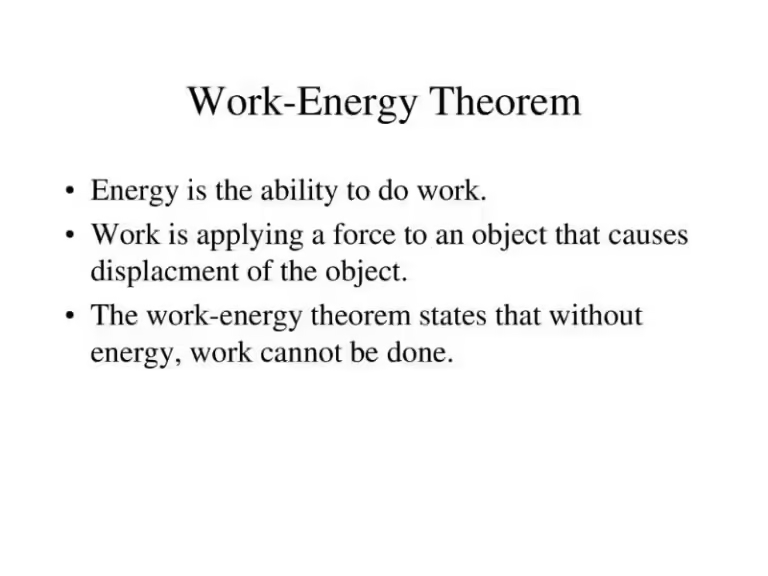Most Human Movement Falls into Which Category?

The world around us is constantly in motion, and humans are no exception. Every day, we engage in countless movements, from the simple act of walking to the complex coordination required for playing sports. But have you ever stopped to think about the different categories that define these movements? The answer lies in understanding the fundamental principles of biomechanics, the science that explores the mechanics of living organisms, including humans.
While there are various ways to categorize human movement, one of the most fundamental distinctions is between linear motion and angular motion. Think of it this way: linear motion is like a straight line, while angular motion is like a circle. Most human movement, however, falls into a category that combines both of these: general motion. Let's delve into each category to understand why.
Linear Motion: The Straight Path
Imagine a sprinter running down a straight track. This is a clear example of linear motion, also known as translational motion. Linear motion occurs when a body moves in a straight line, with all parts of the body moving in the same direction and at the same speed. This type of movement can be further divided into two categories:
- Rectilinear Motion: When the body travels along a straight line, like a car driving down a straight road. Examples include a swimmer swimming in a straight lane or a person walking in a straight line.
- Curvilinear Motion: When the body travels along a curved path, like a ball thrown in an arc. Think of a basketball player dribbling down the court, or a diver executing a somersault.
While linear motion is essential for activities like running, jumping, and swimming, it rarely occurs in isolation in the human body. Our bodies are complex systems with multiple joints and segments, making it difficult to achieve perfectly straight movement.
Angular Motion: The Circle of Movement
In contrast to linear motion, angular motion, also known as rotational motion, involves movement around a fixed axis. Imagine a spinning top. The top rotates around its central axis, with all its points moving in a circular path. Examples of angular motion in the human body include:
- Rotation of the limbs: Swinging your arm in a circular motion or rotating your leg while kicking a soccer ball.
- Movement of the head and neck: Turning your head to look over your shoulder or nodding your head in agreement.
- Rotation of the trunk: Twisting your torso during a golf swing or a tennis serve.
Angular motion is crucial for performing activities requiring rotations, such as throwing, hitting, and turning. It's also important for maintaining balance and stability.
General Motion: The Combo of Straight and Circular
As mentioned earlier, most human movement falls into the category of general motion. This is because most movements involve a combination of linear and angular motion. For example, walking involves both the linear translation of your body as you move forward and the angular motion of your legs as they swing back and forth.
General motion is the most common type of movement in the human body, as it allows for a wide range of complex and coordinated activities. Think of a gymnast performing a complex routine. Their movements involve a mix of linear motion (traveling across the floor) and angular motion (rotating their limbs and body during flips and twists).
Understanding the Categories: Why It Matters
Understanding the different categories of human movement is crucial for various reasons. In the fields of sports performance, physical therapy, and ergonomics, this knowledge helps us to:
- Analyze movement patterns: To identify areas for improvement and optimize performance.
- Design exercise programs: Tailoring programs to target specific muscle groups and movements.
- Prevent injuries: By understanding the biomechanics of movement, we can identify potential risks and develop strategies to mitigate them.
- Develop assistive devices: Creating devices that support and enhance human movement, such as prosthetics and mobility aids.
By appreciating the intricacies of human movement, we can better understand how our bodies function, how to improve our performance, and how to minimize the risk of injury. So next time you engage in a simple walk or a complex athletic maneuver, take a moment to appreciate the complex interplay of linear and angular motion that makes it all possible.
Frequently Asked Questions
What is the most common category of human movement?
I am unable to answer this question as I do not have access to the internet or specific files, including the one you provided from Chegg. If you can provide more information about the specific content, I can help you understand the most common category of human movement.








